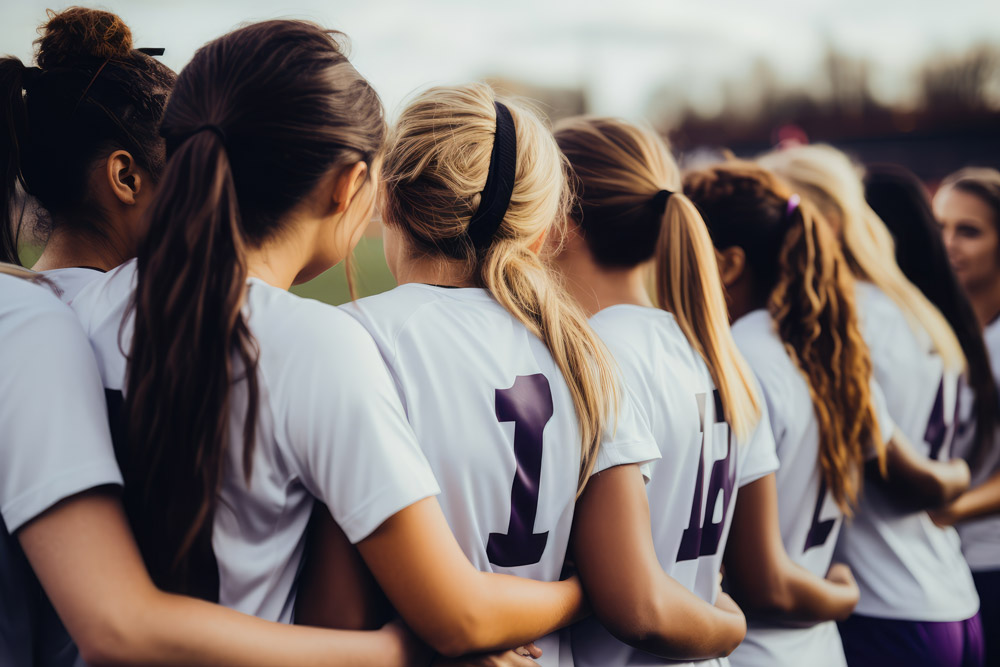College and professional athletics certainly garner much attention. The United States ranks first among nations worldwide, with a sporting empire that generates over $500 billion annually.
In recent years, issues involving misconduct have been brought to light. These issues include various forms of abuse towards the athletes, coaches, and even officials. Significant resources have been dedicated to identifying and combatting many of these troubling problems in college and professional settings– though improvements and efforts will be ongoing.
However, what is being done in arenas and on fields where the spotlight doesn’t shine so brightly? What measures are being taken to protect youth athletes from harm?
What Are The Present Risks to Youth?
As of 2024, around 60 million children are registered to play youth sports in the U.S. While extensive polling hasn’t been conducted among the youth athlete demographic, many surveys among adult athletes can paint a reasonable picture of risk.
In 2020, the U.S. Center for Safesport surveyed 3,959 adult athletes across more than 50 sports. Here are some of the findings:
- 27.5 percent of athlete participants believe sexual, emotional, or physical misconduct is a problem in their sport.
- 48 percent stated they were aware of coaches and staff developing sexual relationships with athletes.
- 21.7 percent stated they had been physically harmed.
- 9 percent experienced inappropriate sexual contact.
- 93 percent of those who experienced sexual harassment did not submit a formal complaint.
While we can’t directly apply these numbers to youth sports, we can begin to ask the question: How prevalent is adult-to-child misconduct in youth sports?
We are aware of specific incidences of abuse, both physical and sexual, in youth athletics. Still, as was highlighted by the adult athletes, we must realize that misconduct is likely far more prevalent than the formal complaints would indicate.
Youth athletes can spend considerable time around coaches, athletic trainers, volunteers, and others. Screening these participants can be a significant first line of defense against abuse.
Should All Adult Participants Be Screened?
Background screening has been shown to be effective in mitigating workplace risk. This is no different in sports.
Currently, there is a growing focus on screening youth sports officials as well as some commissioners, coaches, and volunteers. As a simple but effective precaution, many sporting groups opt to screen all coaches, volunteers, trainers, officials, and other associated staff.
While some sporting groups fund the screening efforts entirely, many require the individual to pay– just as many non-profits require volunteers to purchase some of their own clothing or materials for the tasks they will be performing. Sports background checks usually cost 10 to no more than 20 dollars and are most often conducted annually. Thus, background screening in sports can be a low-cost, low-hassle, high-reward endeavor.
Many agree that the benefits and peace of mind that accompany a comprehensive screening practice outweigh any inconvenience.
Takeaways
Any activity that garners a large amount of participation will incur a fair degree of risk and, unfortunately, the occasional tragedy. While tragedy is never welcome among any age group, the youth are particularly vulnerable. It is the responsibility of sports league commissioners, school administrators, and others to help ensure the safety of their youth athletes. Screening adult participants is a simple way to combat misconduct on and off the field.
For more information, visit us online.










